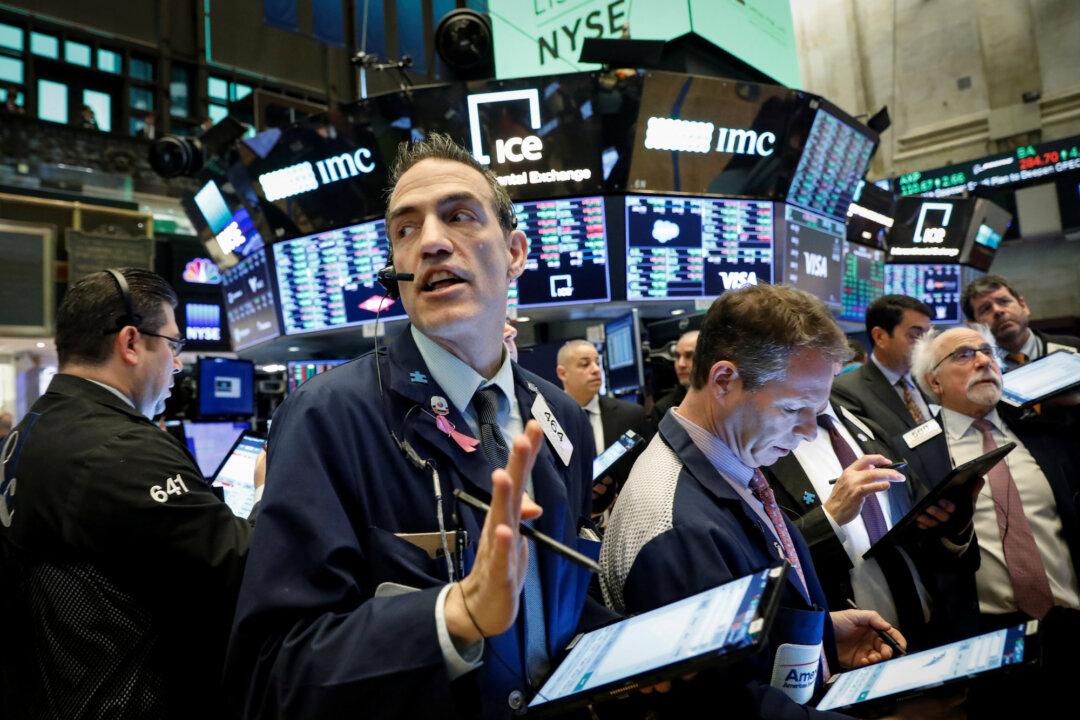In morning trading Friday, U.S. stock futures were flashing more downward pressure on equities, while safe-haven bonds rallied to new records as the spread of the new coronavirus continued to roil markets.
Futures for the main Wall Street equities indexes—the Dow Jones (DJIA), Nasdaq (NQ1), and S&P 500 (SP1)—were all down by over 2 percent at 8:16 am EST on March 6.





